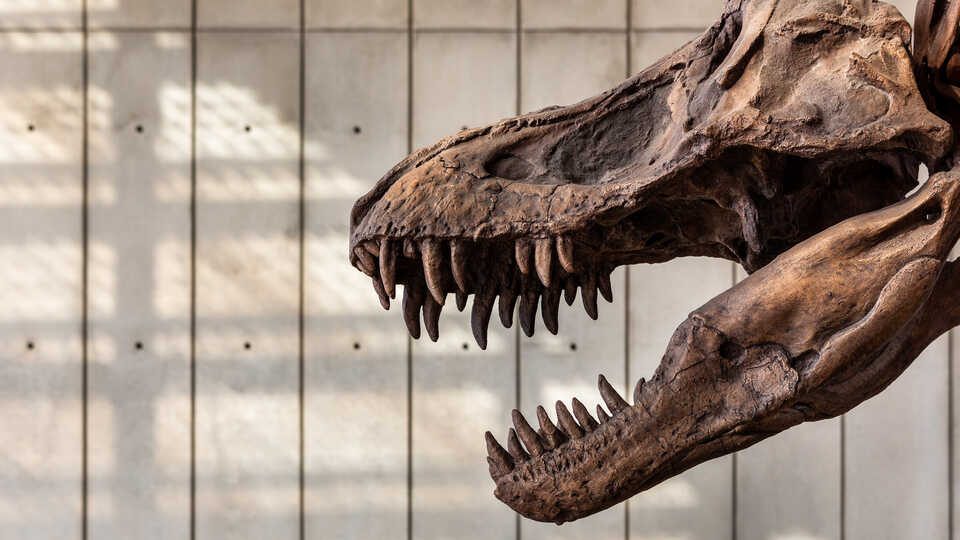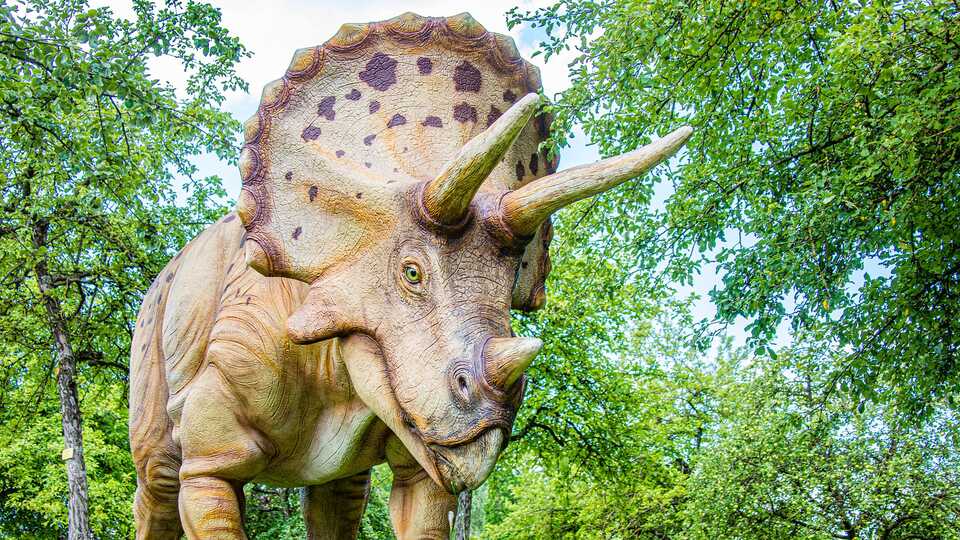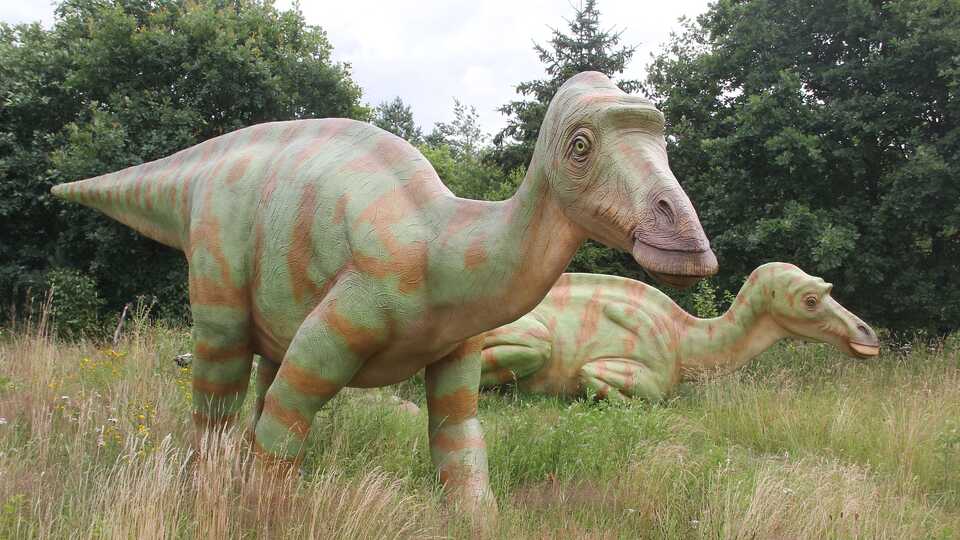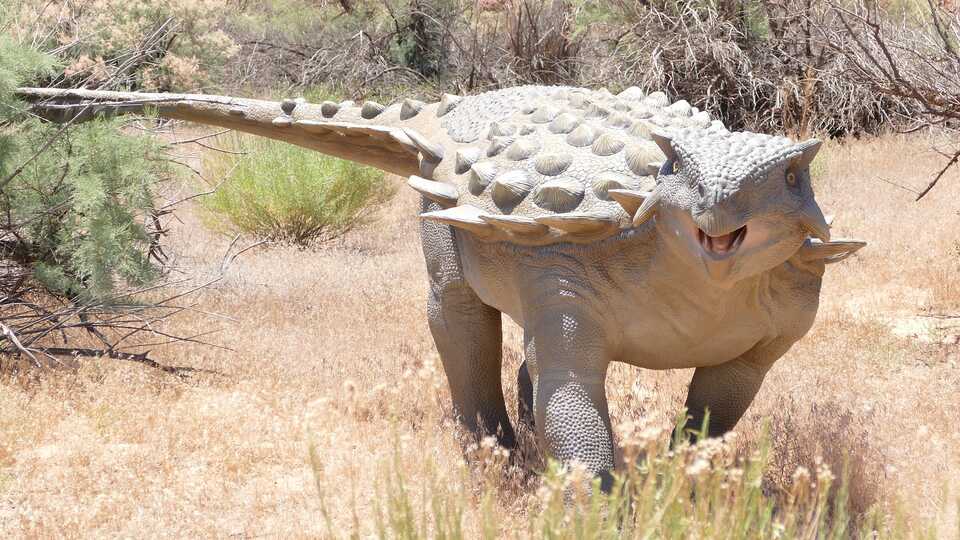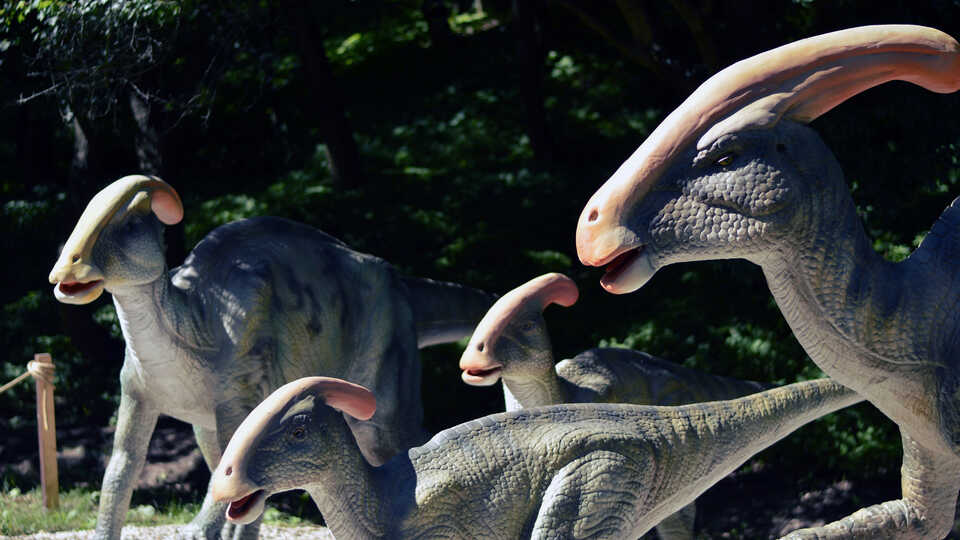Whether you're T. rex-obsessed or think Triceratops is tops, we can all agree on one thing: Ancient reptiles rule! Activate your inner paleontologist for a whole week of dinosaur delights, from puppet-making to word-searching to edible-nest-tasting.
Please note: While Science @ Home activities are designed to be conducted by kids, some little ones might need adult help with reading instructions and preparing crafts.

